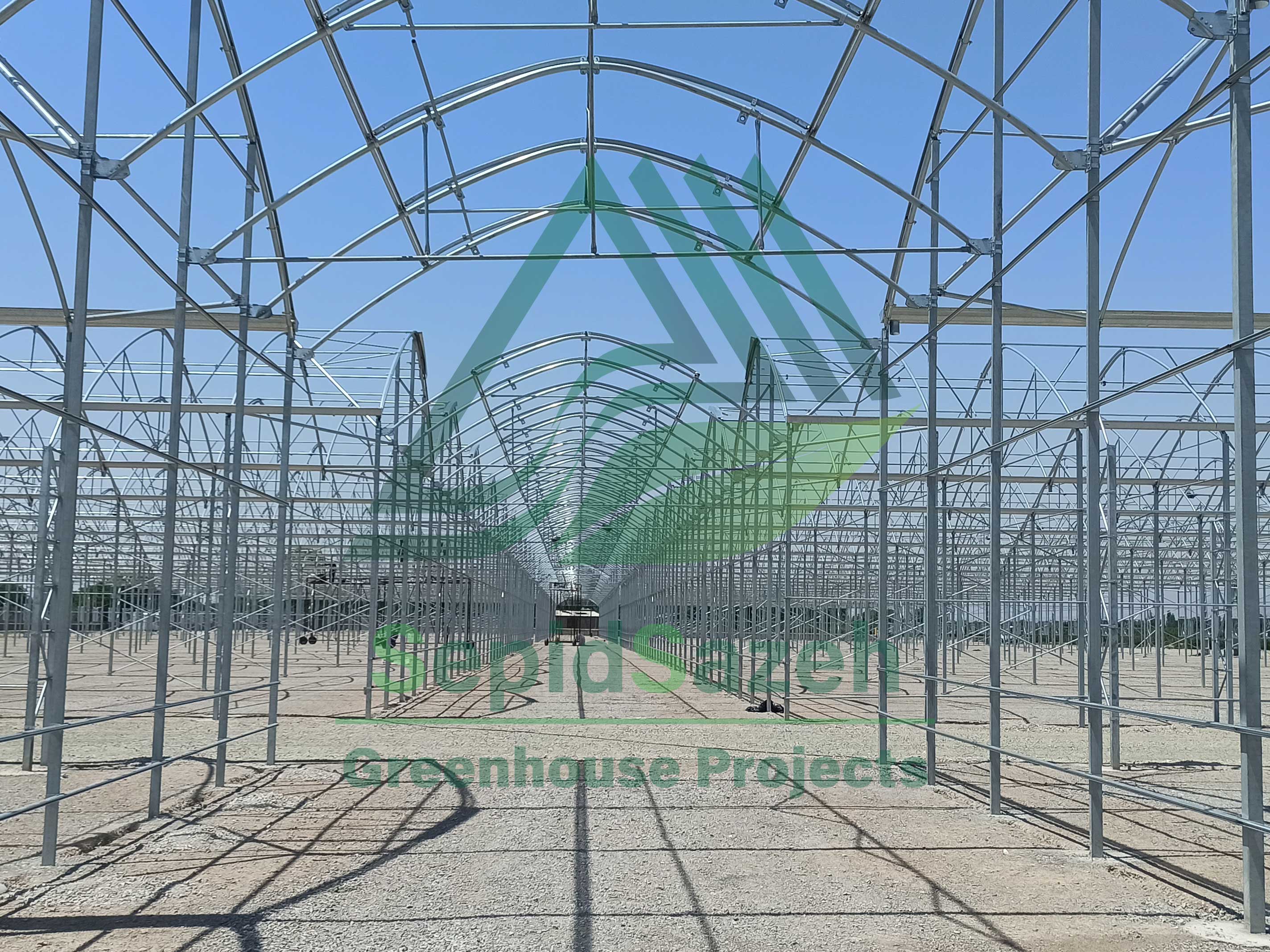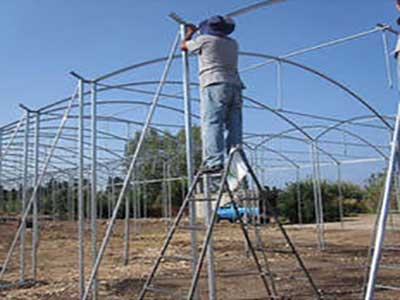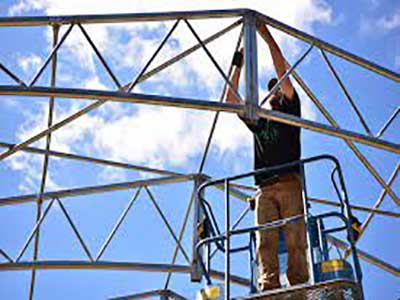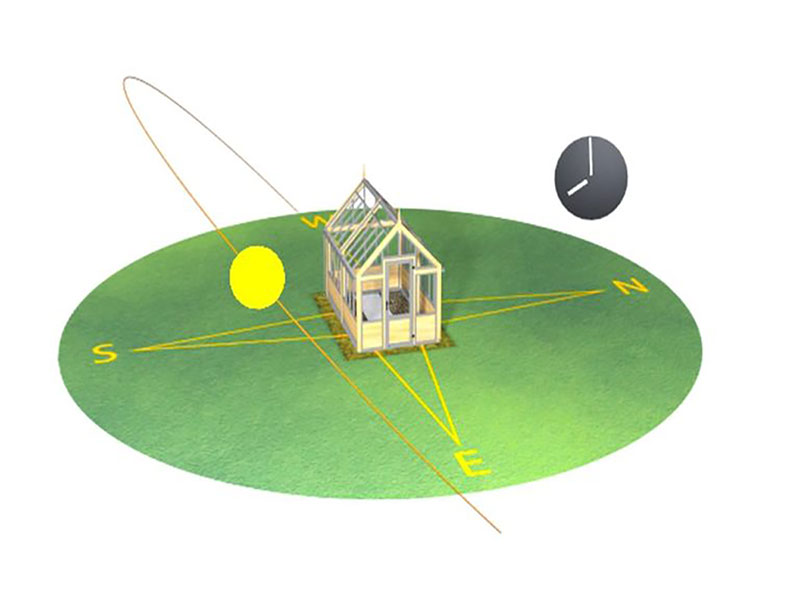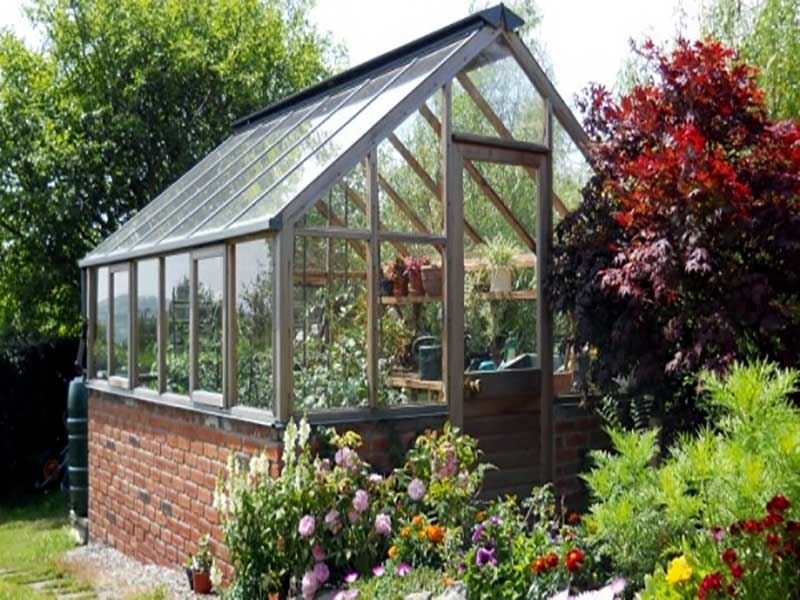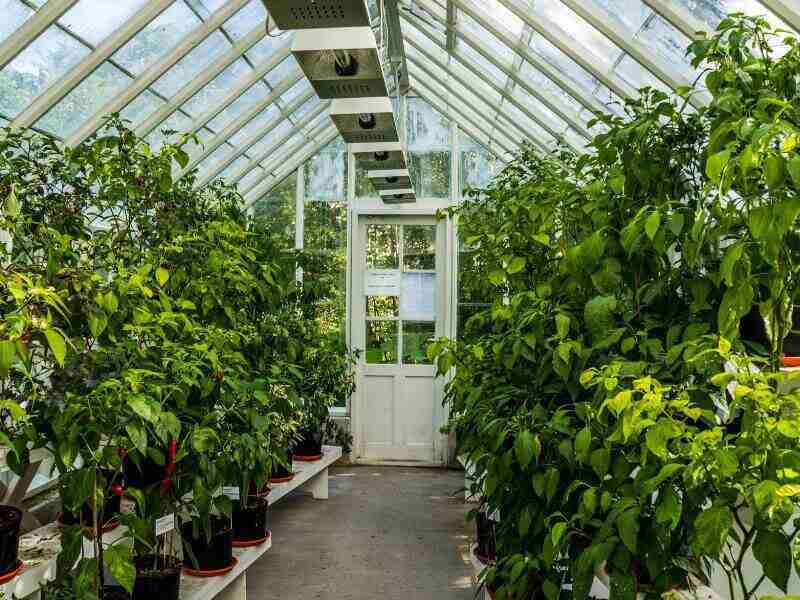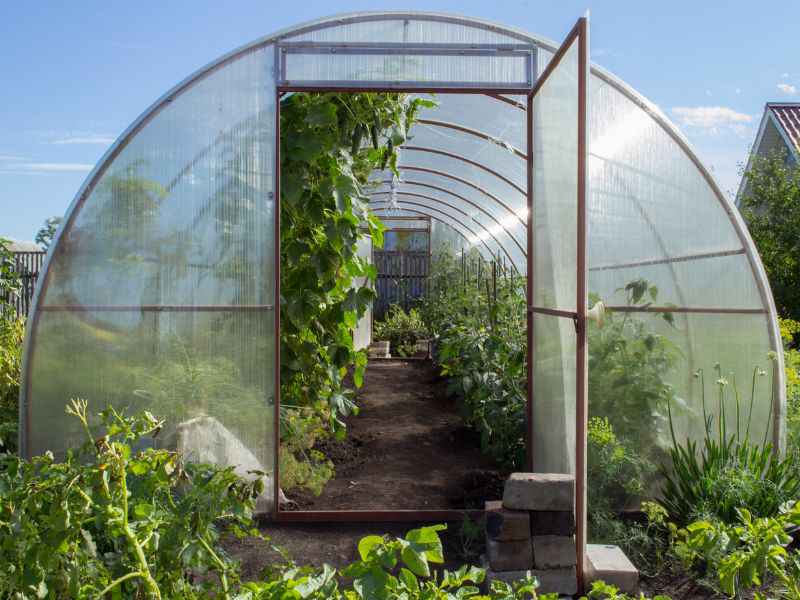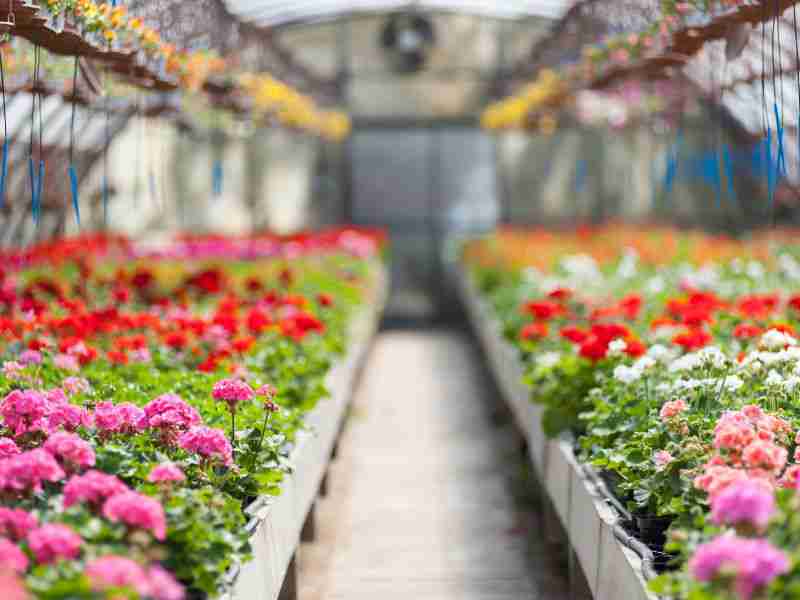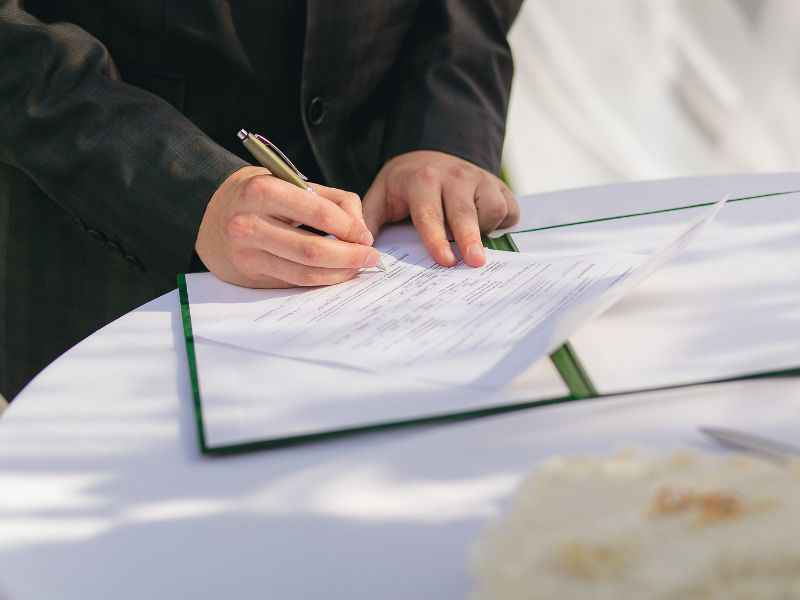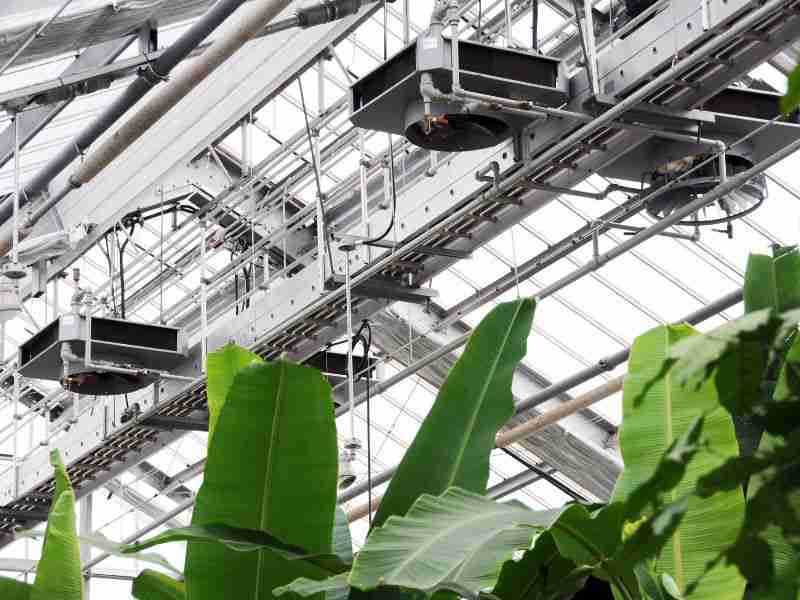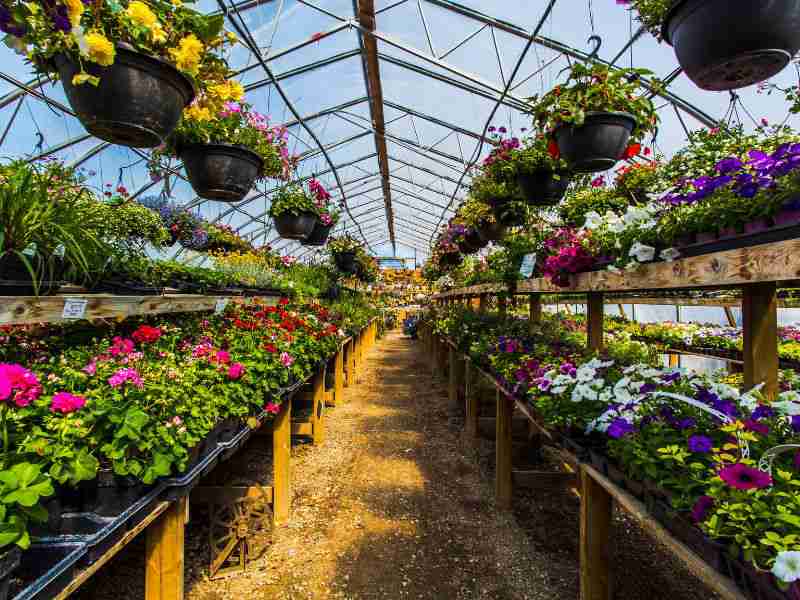Suitable conditions for greenhouse design
In order to design a more efficient and better greenhouse for growing flowers and plants, it is necessary to consider the weather conditions, the building conditions of the greenhouse, etc., and then design the greenhouse based on these conditions.
greenhouse climate
In addition to weather conditions, depending on the type of use and living conditions, materials and costs, greenhouses have different designs. Greenhouses that have a shorter working period are made of wood and are cheaper, but they are not safe from termite corrosion. Greenhouses with a working period of 4-6 years are made of galvanized steel pipes with wooden bases and are designed to be suitable for taller plants such as bananas.
Choosing a greenhouse location
To choose the right place, the following points should be considered:
1) environmental conditions 2) water and electricity 3) access to labor force 4) distance to the market and transportation costs
The direction of the greenhouse depends on the latitude and the amount of wind and rain.
The openings of the valves should prevent the penetration of rain and the fans should be in the direction of the wind for evaporation and cooling.
Natural conditions such as tall buildings and trees should not block the air and create shadows.
According to the topography of the soil, it should have a slight slope towards the greenhouse to drain the rainwater.
Structures Greenhouse conditions
Greenhouses must be safe from wind and storms or very low humidity to protect crops. They should also have vents that close at night. In the design of greenhouses, the following should be considered:
1) Sufficient stability against wind loads: for this purpose, greenhouses are usually made in a crescent shape.
2) Installation according to the technical specifications (it will be explained further)
3) Connecting components between structures should not move under load.
4) The foundation must be able to withstand suction and compression loads. Arched tunnels are calculated according to the Dutch Greenhouse Standard 3859 NEN.
5) The plastic film should not be stretched or folded by the wind and should have a strong structure.
6) Plastic films should not be in direct contact with steel components heated by radiation. Steel components at the point of contact should be insulated or painted with plastic tape. They are heated up to 70 º c by the sun.
7) Condensed water particles should not fall on the plants from the inner surface of the cover. Drops falling from the ceiling reduces the light transmission by 10-15%. These drops fall on the plant and in addition to physical damage, it provides the basis for the development of diseases
8) Gutters or deep pits are necessary to drain and collect rainwater. No water should seep into the greenhouse from the walls, ceiling or floor.
9) Durable and cost-effective materials should be used in greenhouse design and construction.
10) Wind breakers should be used in areas with high wind speed.
Greenhouse climate control
The climate of the greenhouse is very effective in the growth of plants. Maintaining the temperature of the environment in the heat of the day and the cold of the night, the presence of CO2 and sufficient light are all things that must be carefully controlled.

